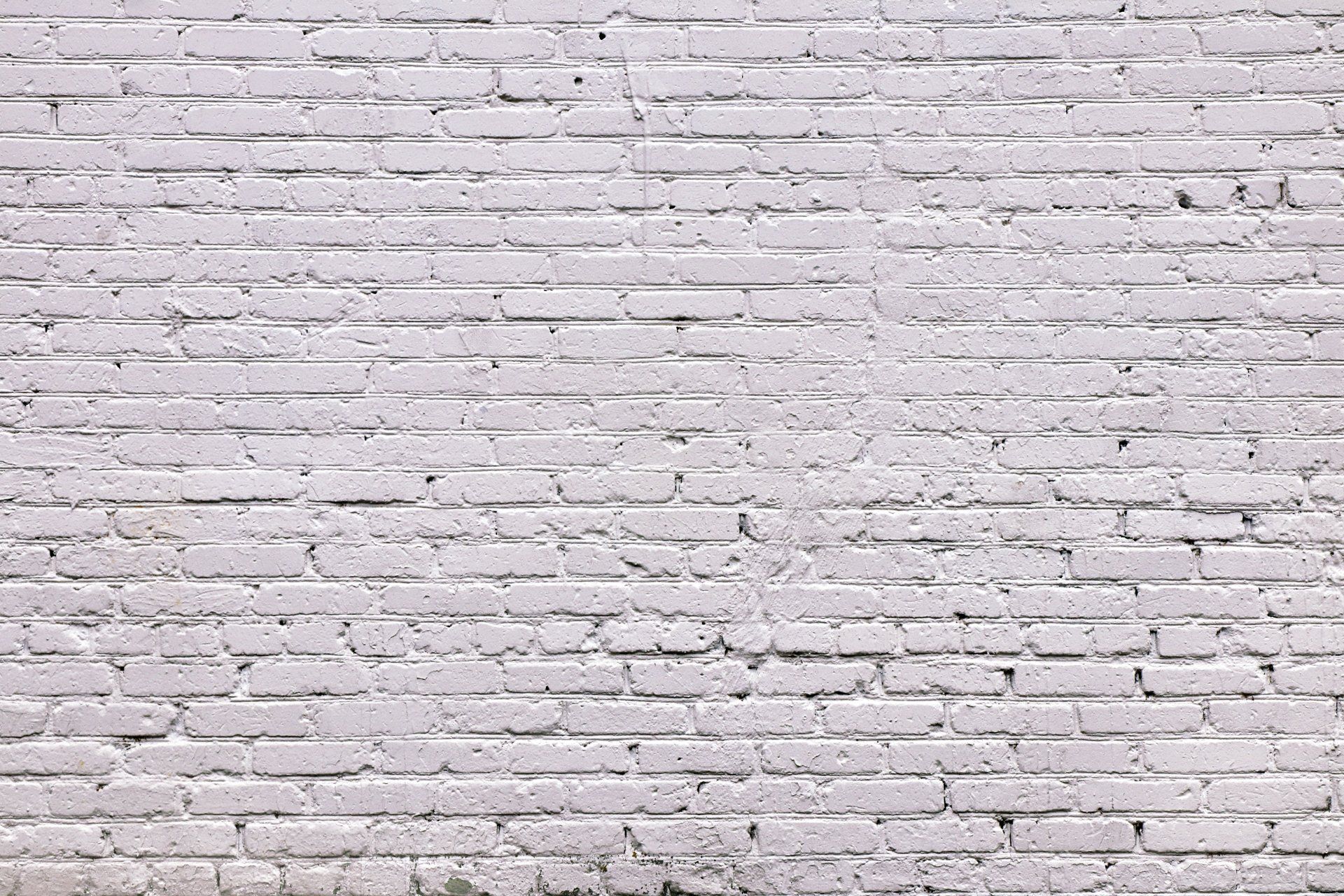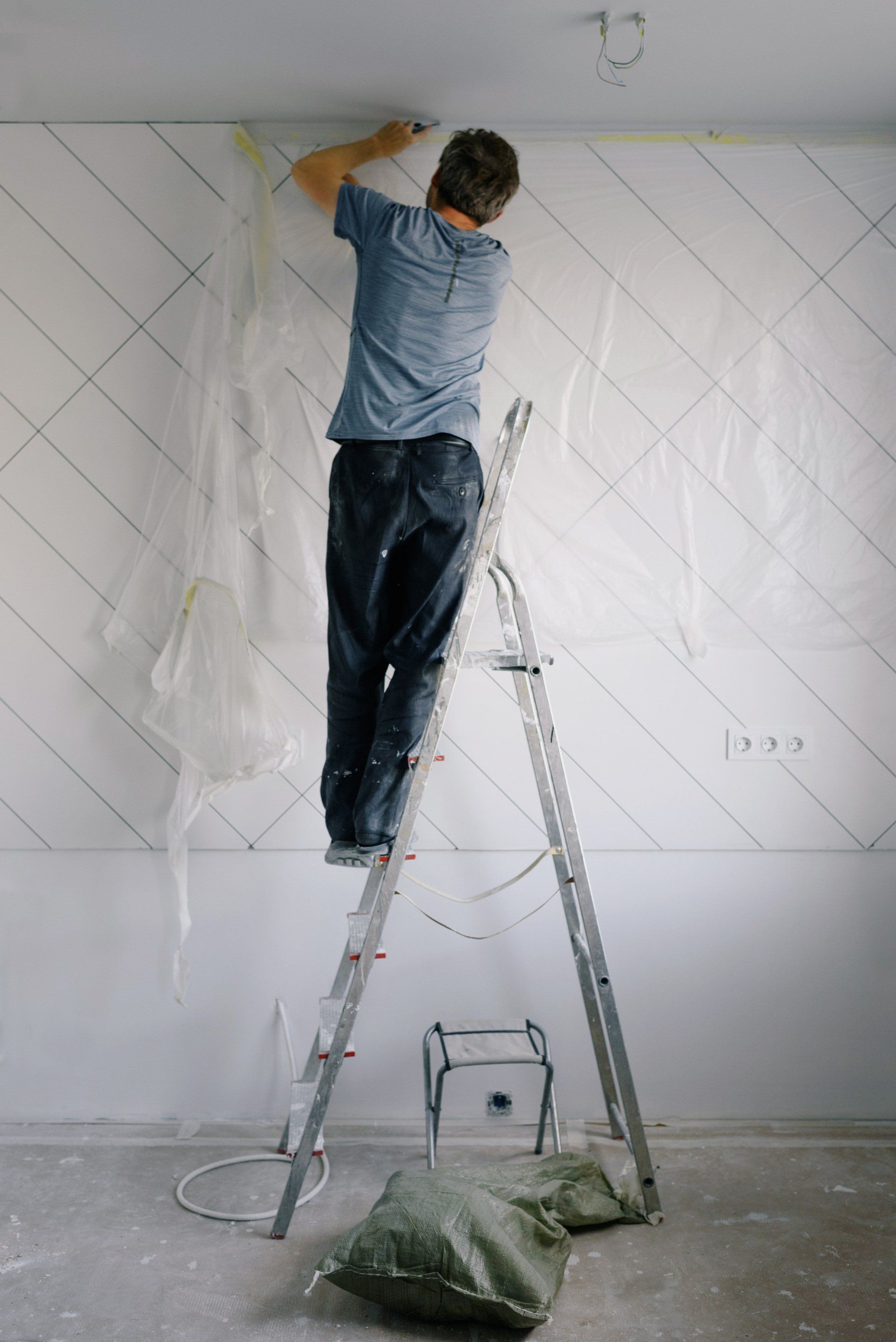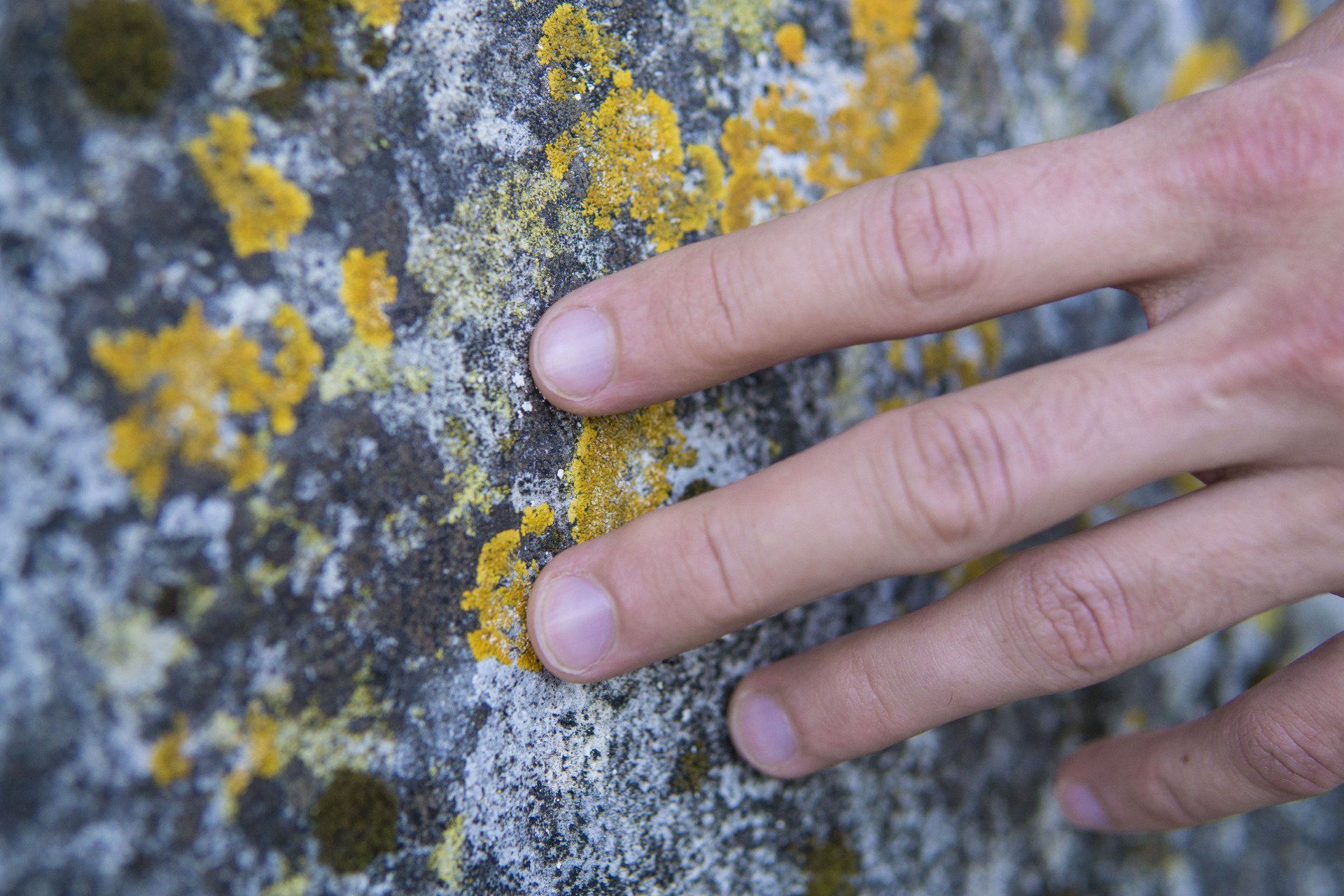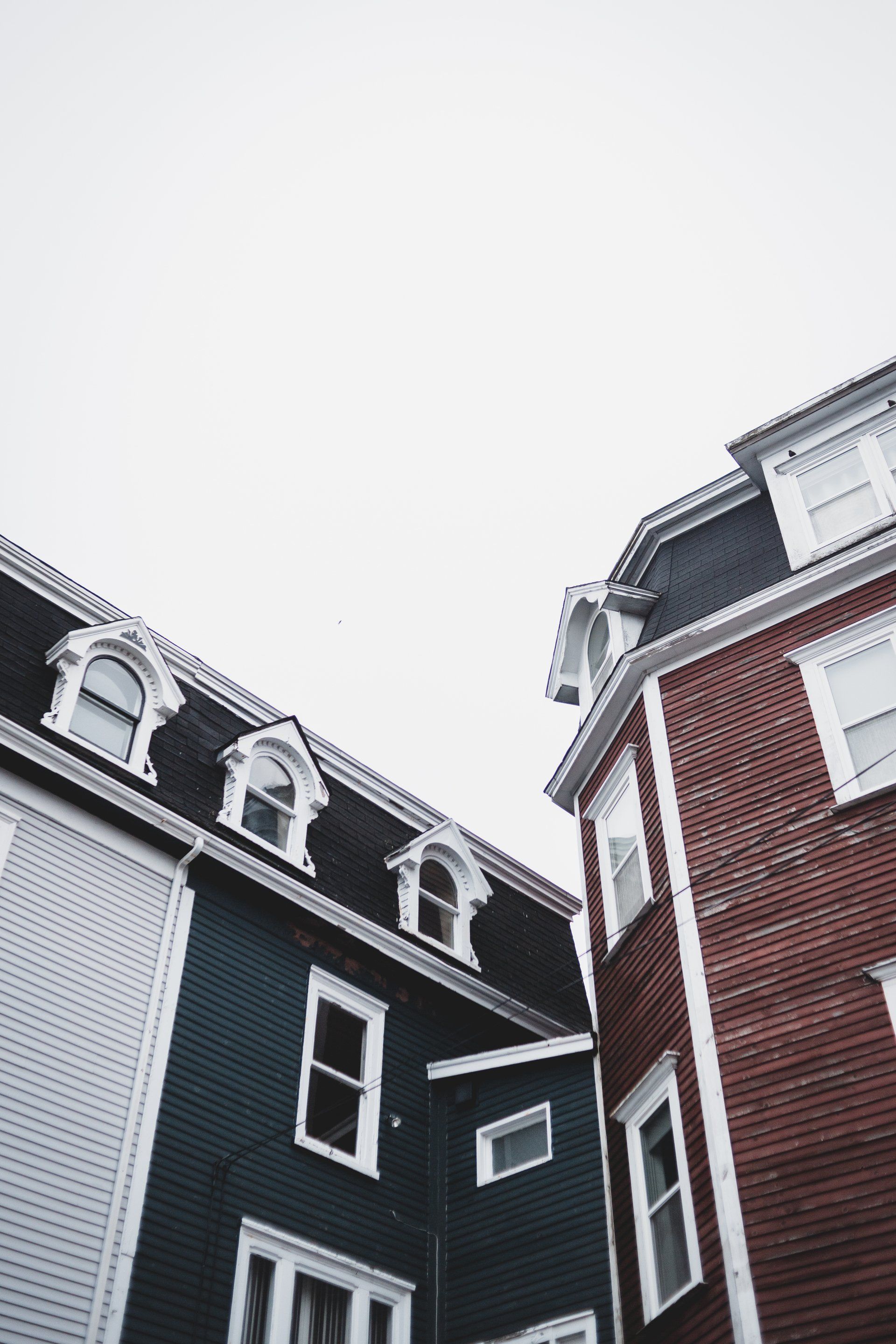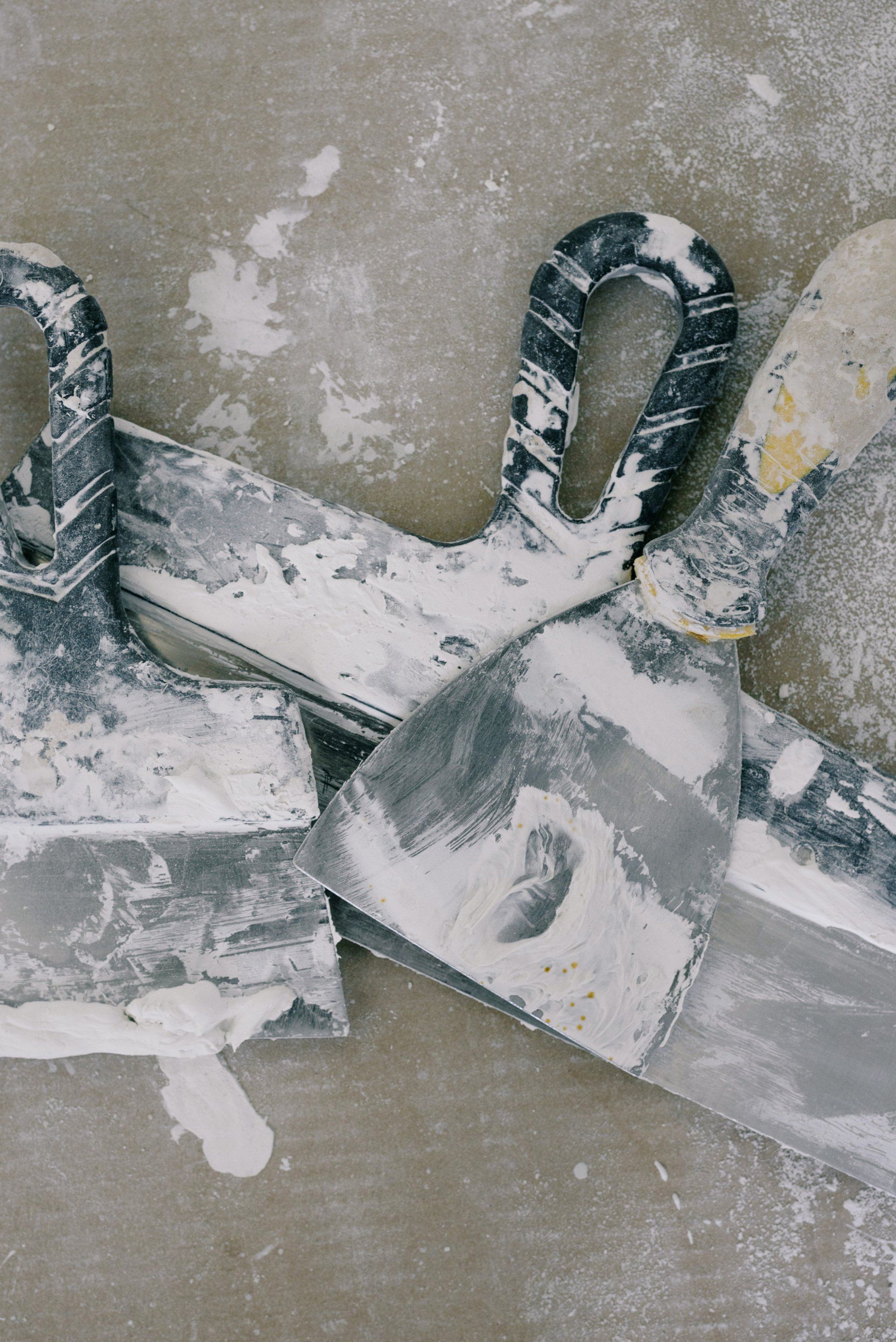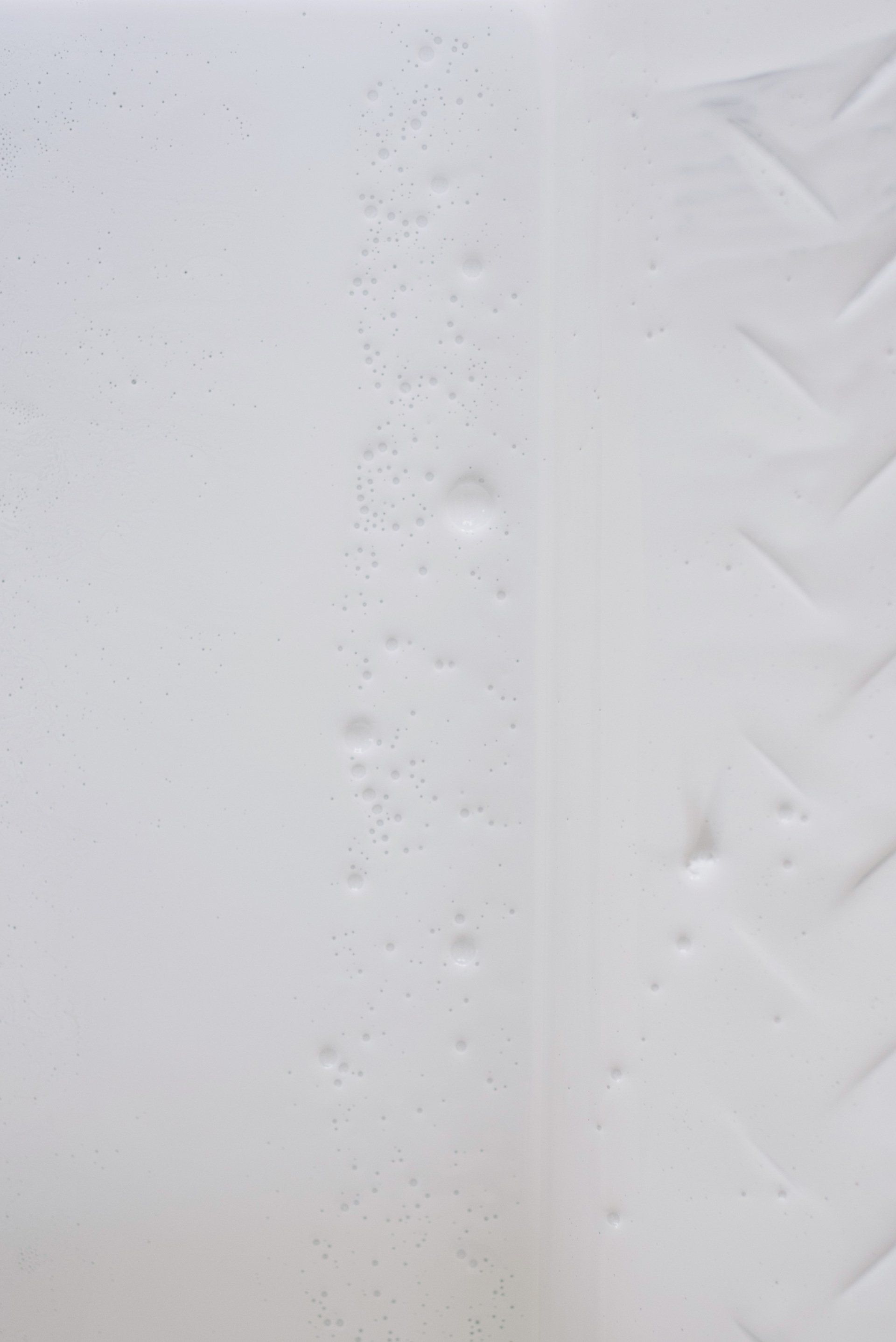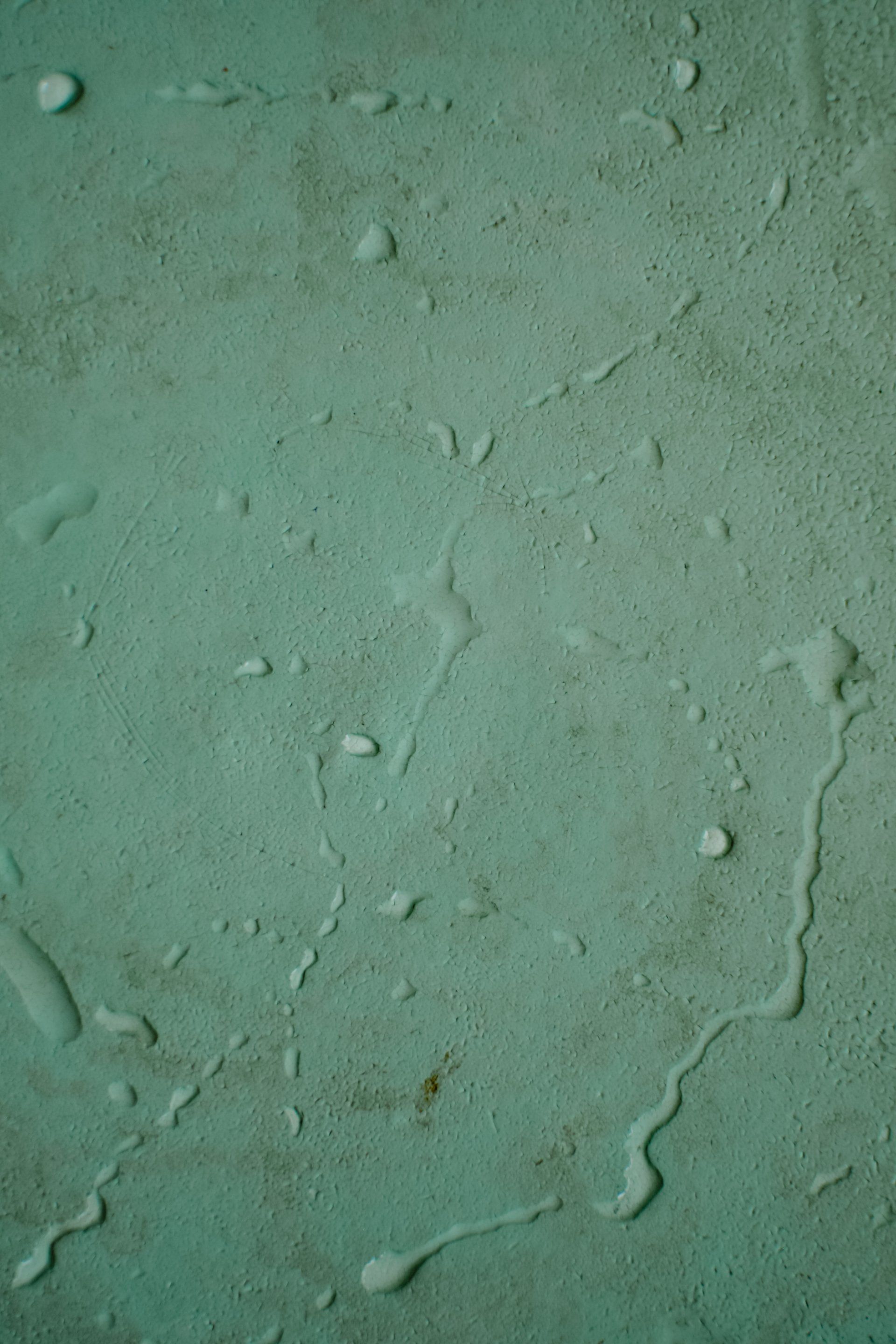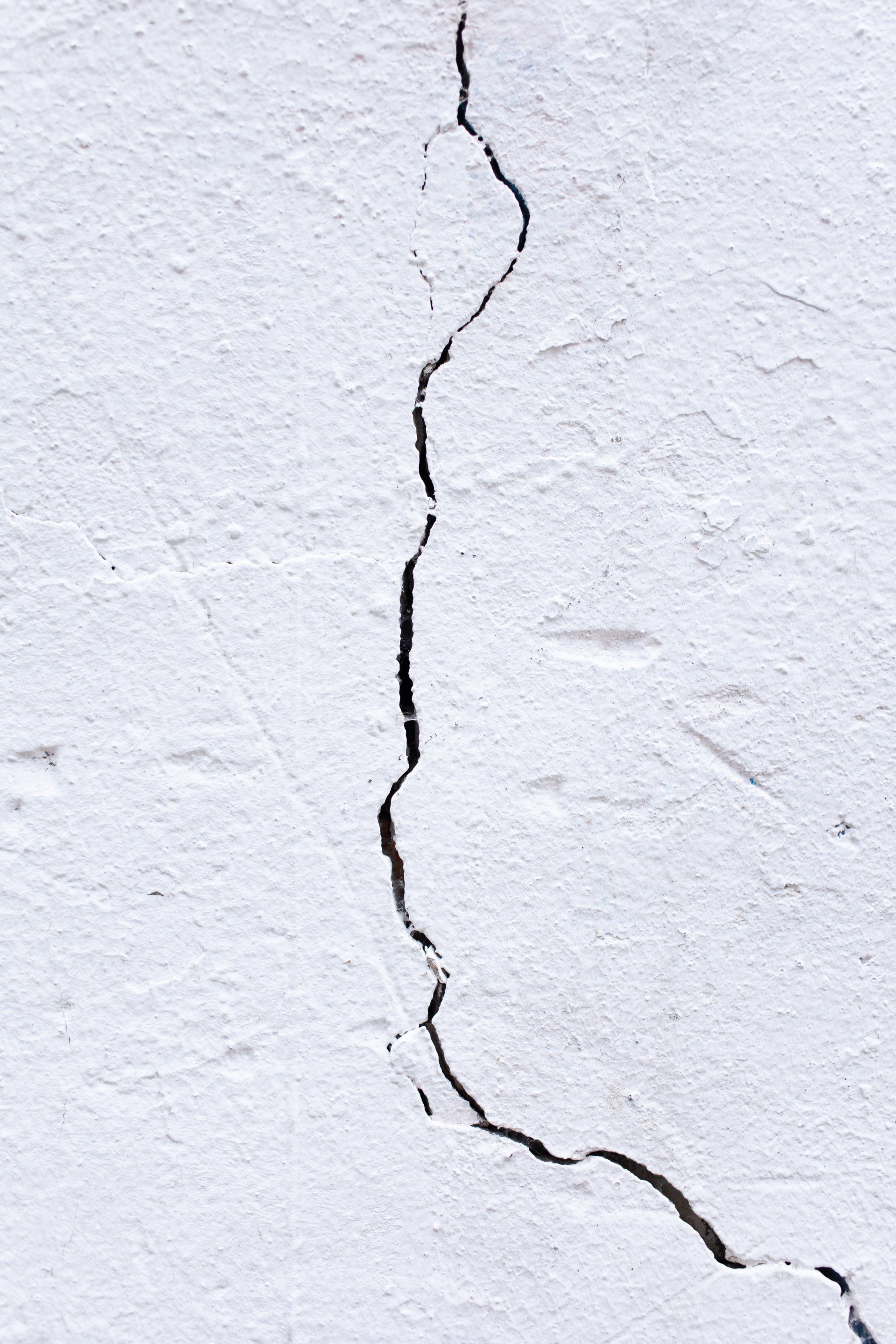What Is The Exterior Stucco's Condition in Winter Climates?
What Is The Exterior Stucco's Condition in Winter Climates?
Exterior Moisture
Moisture is a major enemy of stucco. Moreover, elements like snow and freezing rain, as well as ice, can rapidly damage stucco. On the exterior, the snow, rain and melting ice seep into the stucco, which will cause it to expand and then grow. This can cause the stucco's structure to break away from its wall, thus forming an opening in the wall where moisture could be trapped and cause further damage. Once the moisture has percolated or penetrated the stucco, changing temperatures can cause further damage and cause the stucco to break because the water it holds expands and shrinks in response to the changing weather.
Interior Moisture
The moisture that is trapped between the stucco and the wall may cause huge bubbles to form in the stucco. The bubbles will eventually grow to the point that they pop out, and the stucco is ripped off the wall. They also persist throughout winter until they dry and shrink and crack in the process of shrinking. The water that's trapped in them, if left enough, may also cause an environment where mold can develop between the stucco and the wall. This is particularly common during temperatures in winter, where they will begin to rise quickly after a rain or snowstorm.
Cold, Dry Weather
Stucco is a good choice for winter weather conditions if they're dry but cold climates. The temperature fluctuations cause the stucco's swell as well as shrink but not as much as other materials such as metal or wood. So long as the stucco's surface is not contaminated by moisture, the shrinking, as well as expansion, won't cause any damage, and the stucco won't be damaged by the cold winter weather. Stucco is also well-suited to the cold and windy weather where there isn't excessive water.
Ready to work with Avalon Stucco Repair Experts Vancouver?
Let's connect! We’re here to help.
Send us a message and we’ll be in touch.
Or give us a call today at 778-400-6514
Stucco Vancouver Quote
More Tips, Tricks & Tools
